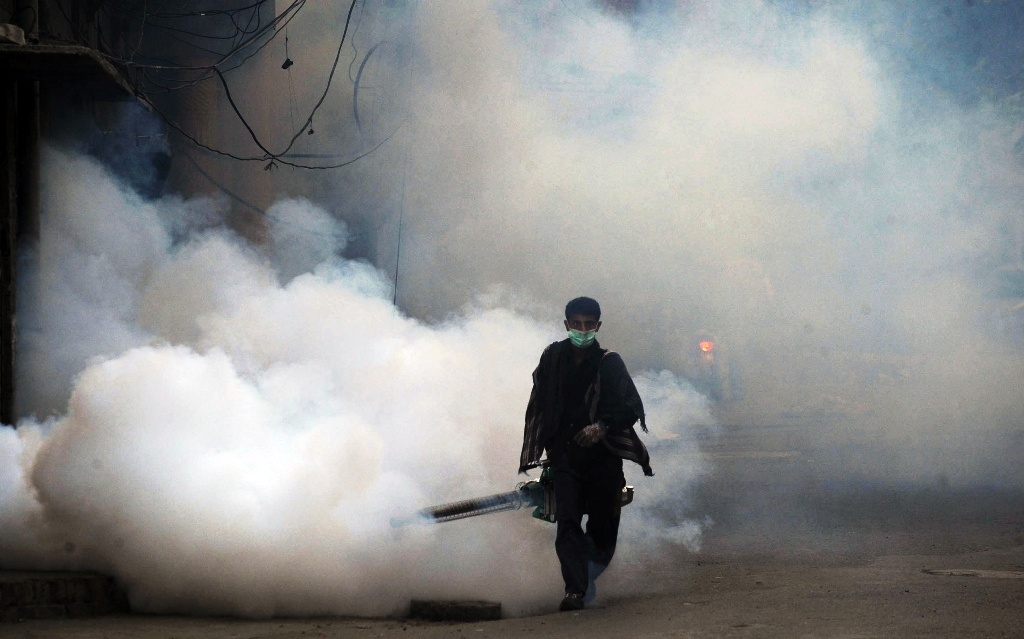
The Capital Development Authority’s (CDA) Directorate of Health Services has now completed two phases of its high-risk campaign to destroy dengue breeding sites in the federal capital, said a press release issued on Monday.
The directorate, which had aligned its strategy in accordance with the latest requirements and practices, had conducted an extensive mapping exercise across the entire city to identify dengue-stricken areas over the past few years.
Three area categories have been identified, namely high risk, moderate risk and low risk. Breeding sites were identified in the F, G, H, and I sectors and katchi abadis, where stagnant ponds have also been channelised.
The directorate’s third phase, which was initiated on March 1 but is still ongoing, involves adding larvicides — insecticides specifically targeted against insects’ early life stages — to streams, ponds, and other larval habitats.
Breeding samples of mosquitoes are also being collected to identify the Aedes aegypti, or yellow fever mosquito and Aedes albopictus, or forest day mosquito respectively.

Since March 1, the directorate has taken 300 random breeding samples from high risk areas of Islamabad, where according to reports so far, no positive results have been found. Solid wastes are being removed from the dwellings and surrounding areas, to mitigate the risk of breeding.
CDA’s Director Health Services Dr Hassan Urooj has appealed to residents to discard drums, vases, buckets, earthen jars, removed tyres, water jars, ant trap, coconut shells, tin, bottles, discarded boxes, clay pots, bamboo ends, rubbish and water containers because of the increased risk these items posed as potential breeding grounds.
Urooj said rising temperatures also provided a conducive environment for mosquitoes to operate freely, suggesting that residents install wire gauzes on their doors and windows as a precaution.
The directorate’s anti-malaria squad has been divided into four teams, responsible for the channelisation of ponds and streams, spraying of high risk areas, distribution of pamphlets among the general public, and collection of breeding from larval habitats.
Published in The Express Tribune, May 21st, 2013.



































1713853507-0/MalalaHilary-(2)1713853507-0-270x192.webp)








COMMENTS
Comments are moderated and generally will be posted if they are on-topic and not abusive.
For more information, please see our Comments FAQ